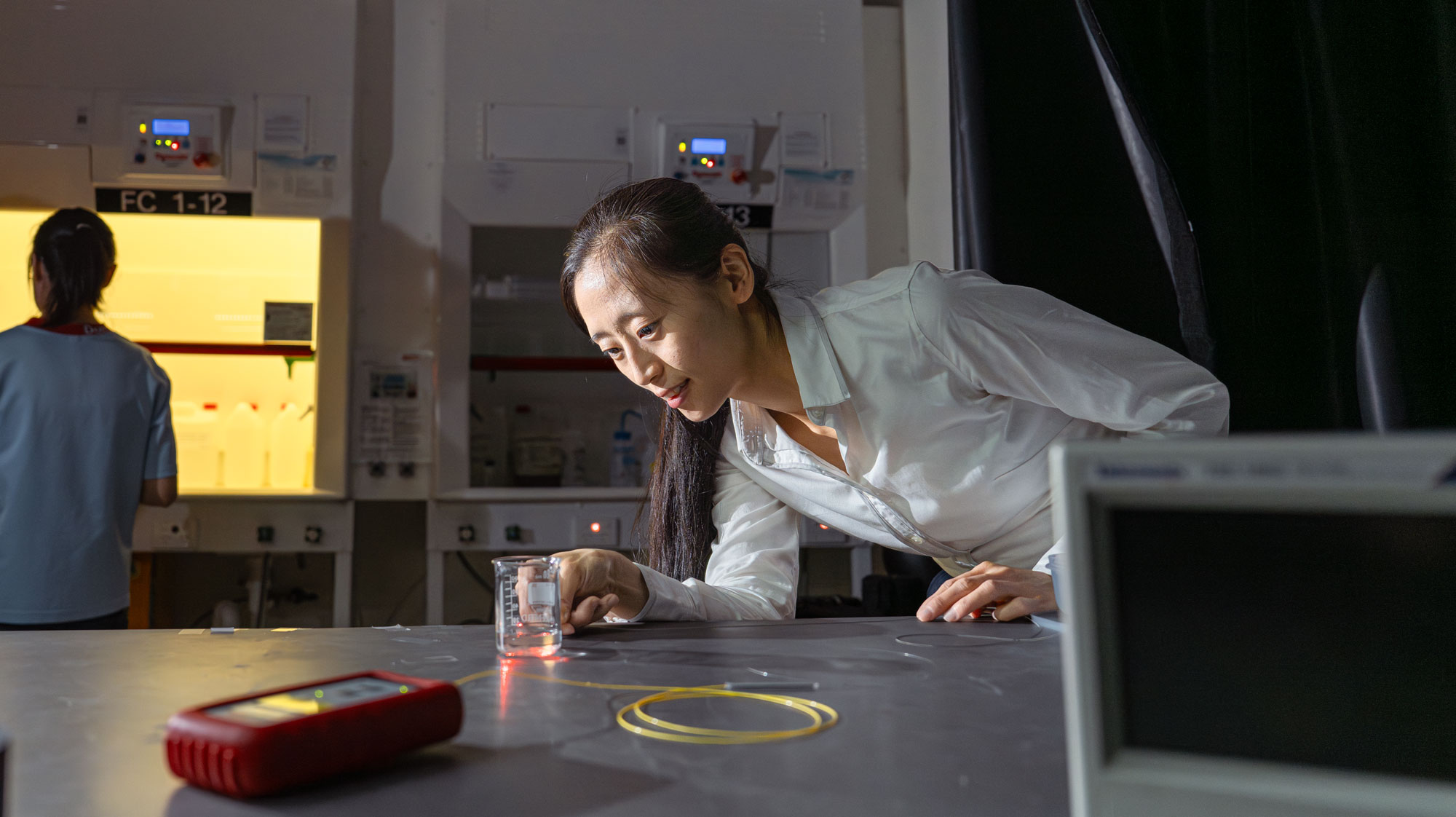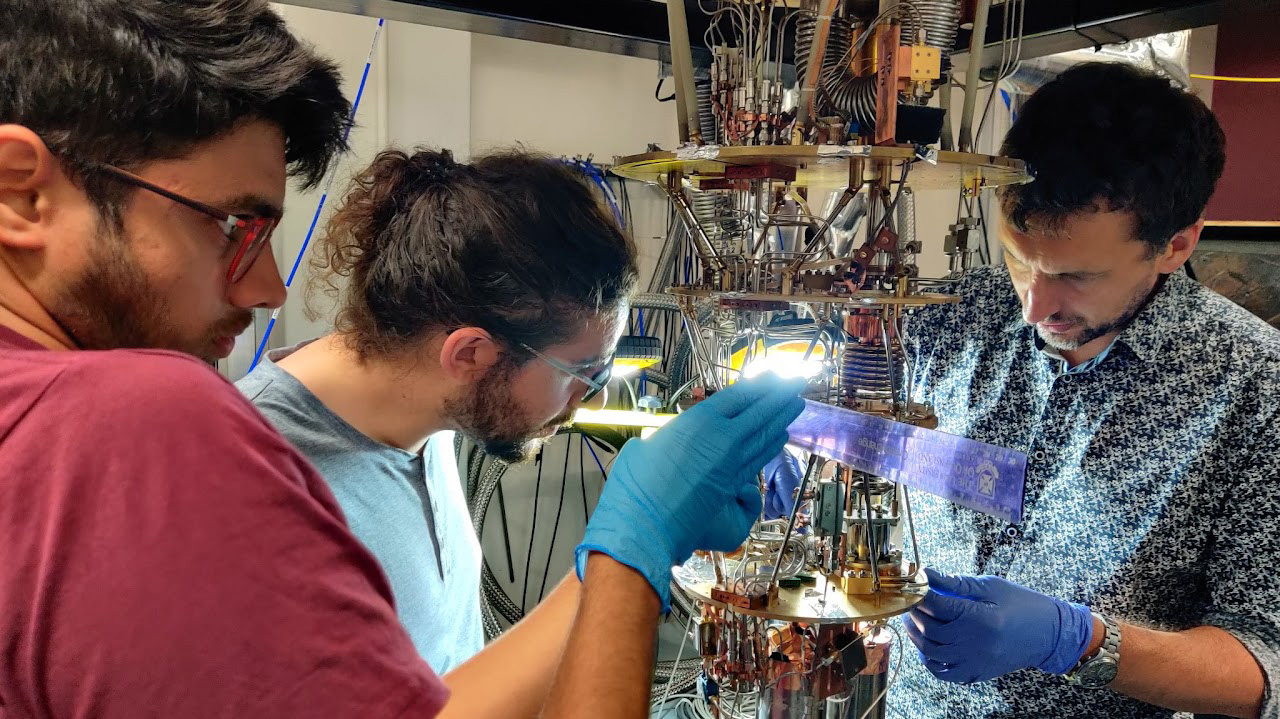QuTech
The ARC Training Centre for Current and Emergent Quantum Technologies is driving growth, productivity and competitiveness in quantum technologies bringing together inter-disciplinary research of biology, engineering and physics aspects of quantum technologies.
Projects include the development of quantum light sources, quantum detectors and sensing with applications in timing in communications, biology, quantum circuits and quantum computing.
The Training Centre directly supports the broad expansion of enabling technologies in quantum technologies, creating new knowledge while training the next generation of industry leaders. This is a 5 year project in partnership with the University of Adelaide, the University of Queensland, RMIT, QuantX, AQC, Infleqtion, MOGLabs, Quandela, and Single Quantum.
FIGURE 1: QuTech schematic. Inner ring shows interactions among varied disciplines in quantum technology. Middle ring shows the themes. Outer ring indicates each theme has areas of current and emerging quantum technologies.

Sensing is about a measurement outcome, so in a sense, everything in science is about sensing. Quantum Sensing achieves measurement sensitivities far exceeding those of classical sensors. By operating in the quantum regime, these sensors can detect minute changes in physical quantities like magnetic fields, gravity, and temperature. This enhanced precision opens a wide range of applications across various fields, including medicine, navigation, timing in communication, materials science, geology, and defence, promising significant advancements in each.

Computation is a well-known in the popular press as a driver of quantum technology research and development and is a central component of QuTech. The QuTech Quantum Computation projects focus on advancing key components and techniques for building scalable and efficient quantum systems. Quantum Computation is a revolutionary approach to computing that harnesses the principles of quantum mechanics to perform certain calculations far faster than the capabilities of classical computers. Quantum computers can explore vast computational spaces and potentially solve complex problems, such as those in cryptography, materials science, and optimisation, that are currently difficult for even the most powerful supercomputers.

Photonics is one of the fastest growing research and development areas in quantum technologies and is an essential feature in broad areas such as quantum communications. It is also used heavily in current quantum technology applications such as low-impact biological imaging, food, and water sterilisation. Quantum Photonics is the generation, manipulation, and detection of light, particularly at the level of individual photons. It focuses on harnessing the unique quantum properties of light, such as superposition and entanglement, to develop advanced technologies in areas like quantum computing, quantum communication, and quantum sensing. Quantum Photonics involves creating and controlling photonic devices that can process and transmit quantum information, paving the way for more secure and efficient information technologies.